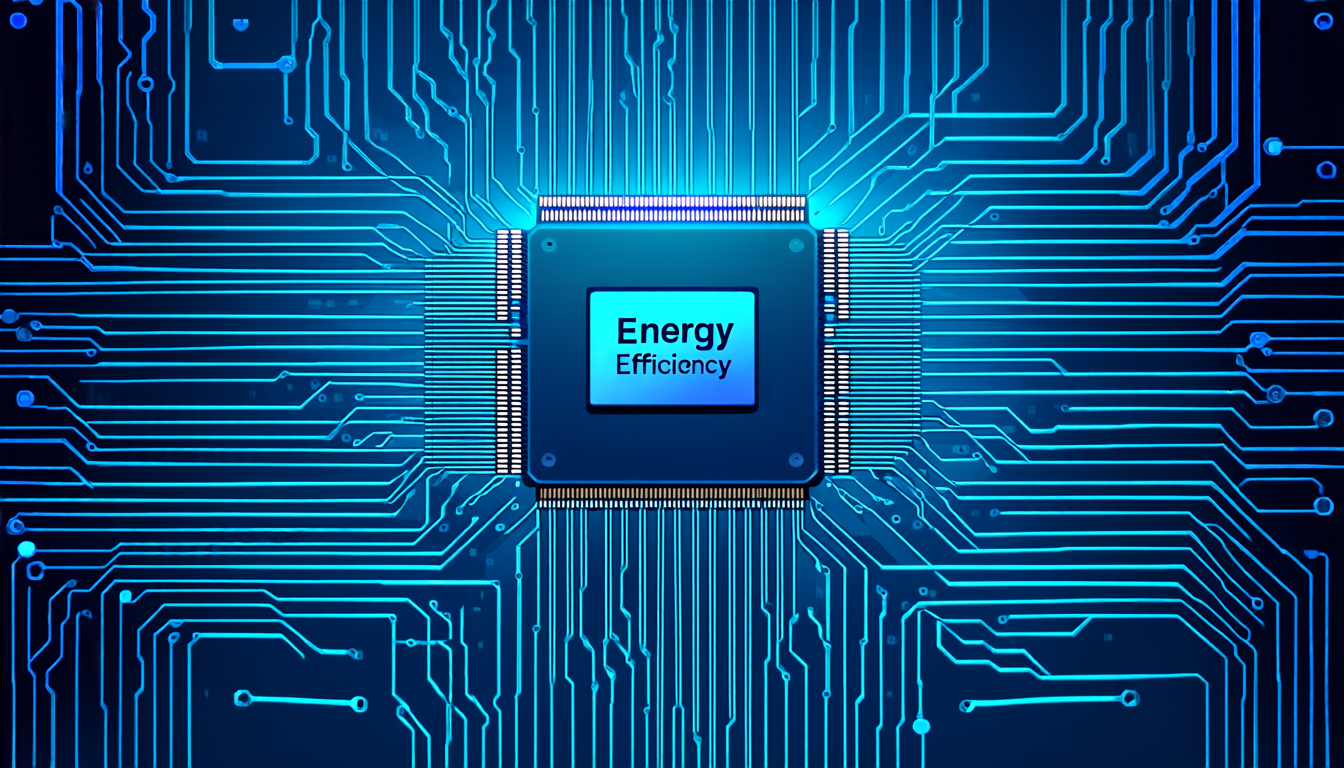Saturday 31 May 2025
The quest for efficient AI processing has led researchers to explore innovative architectures that can handle the increasing demands of machine learning workloads. One such approach is Compute-in-Memory (CIM), which embeds computation logic within memory arrays, effectively reducing data transfer and energy consumption. However, the development of digital CIM accelerators has been hindered by a lack of comprehensive tools that encompass both software and hardware design spaces.
To address this challenge, a team of researchers has developed CIMFlow, an integrated framework that provides a systematic workflow for implementing and evaluating DNN workloads on digital CIM architectures. This innovative approach bridges the compilation and simulation infrastructures with a flexible instruction set architecture (ISA) design, ensuring efficient mapping of software onto hardware resources.
The key to CIMFlow’s success lies in its ability to optimize workload distribution across available cores while respecting SRAM capacity constraints. The framework employs a dynamic programming-based partitioning strategy that identifies optimal partition sizes and maps them onto the hardware resources. This approach ensures that the compiler can effectively utilize vacant resources, reducing energy consumption and increasing performance.
The researchers have evaluated CIMFlow using various DNN models, including compute-intensive architectures like ResNet18 and compact models featuring depth-wise separable convolutions, such as MobileNetV2 and EfficientNetB0. The results show significant performance improvements, with up to 2.8x speedup and 61.7% energy reduction compared to baseline approaches.
The team has also explored the impact of hardware design choices on CIMFlow’s performance, demonstrating how varying MG sizes and NoC link bandwidth can affect throughput and energy consumption. These findings highlight the importance of early-stage architectural exploration, emphasizing the need for an integrated hardware-software co-design approach in digital CIM development.
In addition to its technical merits, CIMFlow has the potential to accelerate the adoption of AI technologies by providing a more efficient and cost-effective processing platform. As the demand for AI-driven applications continues to grow, innovative solutions like CIMFlow will play a crucial role in shaping the future of machine learning processing.
CIMFlow’s ability to efficiently map software onto hardware resources makes it an attractive solution for edge computing applications, where energy efficiency and low latency are essential. Furthermore, its flexibility allows for seamless integration with various DNN models, enabling developers to focus on creating innovative AI-powered solutions rather than struggling with inefficient hardware-software interactions.
Cite this article: “CIMFlow: An Integrated Framework for Efficient DNN Processing on Digital Compute-in-Memory Architectures”, The Science Archive, 2025.
Ai Processing, Compute-In-Memory, Cim Accelerators, Dnn Workloads, Digital Cim Architectures, Flexible Isa Design, Dynamic Programming-Based Partitioning, Energy Efficiency, Edge Computing, Low Latency.







